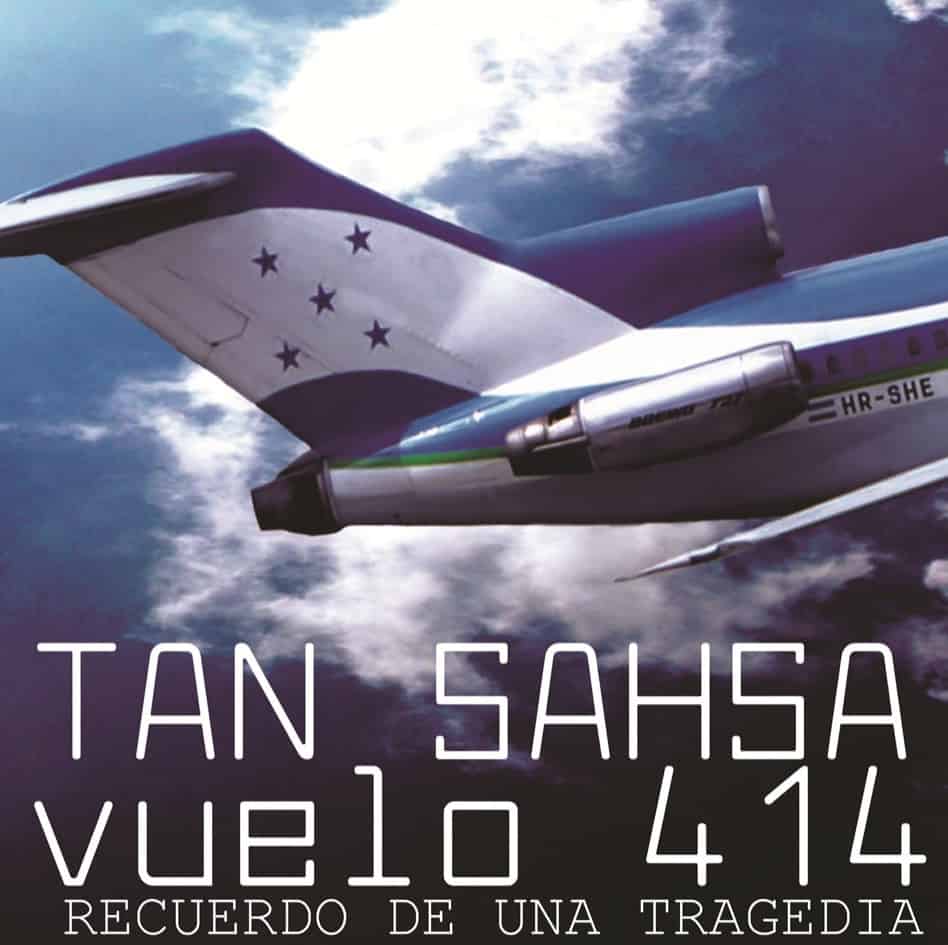On Oct. 21, 1989, Tan-Sahsa Flight 414 crashed while on approach to Toncontín International Airport in Tegucigalpa, Honduras.
One-hundred and thirty-one passengers died in the accident, making it the worst aviation disaster in Central American history, according to the Associated Press. Fifteen people survived the crash.
The flight, which had originated at Juan Santamaría International Airport near San José, Costa Rica, made a stopover in Managua, Nicaragua before its fatal final flight.
According to a 1999 report published by the Federal Aviation Administration of the United States, the plane “impacted a mountain known as Cerro de Hula […] approximately 800’ below the summit, 4.8 nautical miles from the Tegucigalpa Runway 01 threshold.”
The report placed responsibility on the pilots for failing to adhere to approach procedures for the airport.
“The aircraft’s descent profile was well below the published step-down course for the entire approach,” the report reads.
The victims included an aide to then-Costa Rican President Óscar Arias. There were 15 U.S. citizens aboard the flight, in addition to dozens of Costa Ricans and Nicaraguans.
Today, a monument near the crash site honors the 131 victims of Tan-Sahsa Flight 414.






